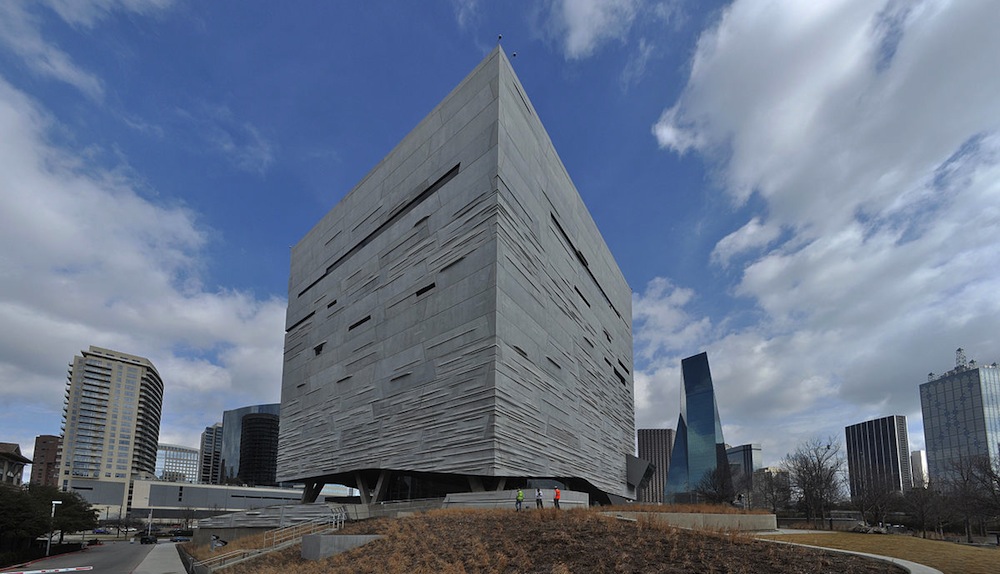The U.S. General Services Administration (GSA) has adopted the SITES rating system for its capital construction program.
Green Business Certification Inc.’s SITES is a program for sustainable land development and management and is used by landscape architects, engineers, architects, developers, and policymakers to align land development with innovative sustainable design. SITES certification is for development projects located on sites with or without buildings including national parks, corporate campuses, streetscapes, homes, and more.
GSA is one of the largest and most diversified public real estate organizations in the world with a portfolio of 376.9 million rentable square feet in 8,721 active assets, and more than 144,000 acres of land, including ports of entry and historical properties. The GSA determined that incorporating SITES into the program offers a highly effective and efficient way to ensure environmental performance to meet federal goals on various capital project types.
The rating system provides a metrics-based approach to important concepts like ecosystem services and green infrastructure. The GSA’s decision is incorporated in the 2016 version of Facilities Standards for the Public Buildings Service (P-100), which establishes design standards and criteria for new buildings, infrastructural projects, major and minor alternations, and work in historic structures for the Public Buildings Service (PBS) of the GSA. This document contains both policy and technical criteria used in the programming, design, and documentation of GSA buildings and facilities.
Related Stories
Reconstruction & Renovation | Dec 21, 2017
Interactive map includes detailed information on historic New York City buildings
The New York City Landmarks Preservation Commission launched a new, enhanced version of its interactive map, Discover NYC Landmarks.
Codes and Standards | Dec 20, 2017
Moody’s says cities may face credit downgrades if they don’t address climate risks
Credit ratings giant will ask what communities are doing to mitigate risk exposure.
Codes and Standards | Dec 18, 2017
Schools with optimal indoor environments boost student performance and energy efficiency
World Green Building Council report confirms that lighting, indoor air quality, thermal comfort and acoustics impact learning.
Codes and Standards | Dec 14, 2017
Mayors sign Chicago Climate Charter; will strive to meet Paris accord goals
Pledge to push for more local authority to reduce emissions.
Codes and Standards | Dec 13, 2017
New report examines ongoing costs of green infrastructure options
The report compares solutions to reduce stormwater.
Codes and Standards | Dec 12, 2017
Total cost of structural fires in U.S. reached $328.5 billion in 2014
Costs associated with losses was $55.4 billion.
Codes and Standards | Dec 11, 2017
Steel-timber composite system proposed for mid- and high-rise buildings
Structural steel columns and beams support a cross-laminated timber floor system.
Codes and Standards | Dec 7, 2017
Many coastal states performing poorly to protect beaches, coastlines
The most vulnerable regions fare the worst in new study.
Codes and Standards | Dec 6, 2017
2017 wildfires highlight gaps in California’s approach to fire safety in urbanized areas
Better hazard mapping and retrofit programs could help.
Codes and Standards | Dec 5, 2017
Guide for understanding medical monitoring requirement of OSHA silica standard released
Center for Construction Research and Training gives advice on new regulation.

















